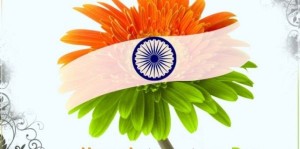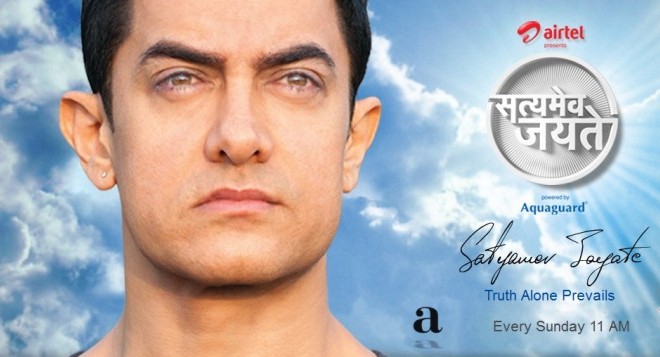The saying goes that ‘All Indians are my Brothers and Sisters’. And a recent research conducted by KumarasamyThangaraj hailing from Hyderabad, India, may just prove this very fact.Thangaraj made it all the way across 840 miles by plane, followed by another 6 hours travel by car and then by ship to reach his destination, an area in the Andaman Islands which is inhabited by an isolated tribe comprising of hunters-gatherers. And Thangaraj’s purpose for the visit? To collect blood samples from these people in order to study and understand a rather pivotal moment in the history of Indian genetics.
The blood samples collected from these individuals would be sent to a blood bank back in Hyderabad. They would then be sent collectively along with 32,000 other blood samples from fellow Indians, to the Center for Cellular and Molecular Biology for analysis.
The most advanced genetic-research institute in the whole of India, the Center for Cellular and Molecular Biology has been studying these blood samples for quite some time now. Studies have indicated that it is possible to trace all the bloodlines found in the samples to two main ancestral groups; one from Eurasia and one from Africa. The bloodlines reveal that these groups mingled with each other, married within groups and swapped genes to give rise to different mixtures, one of which can be found in each individual living in the subcontinent today.
Studies also reveal that almost 1900 years ago, these groups (and their sub-groups) suddenly stopped mingling with each other. A division was created along tribal, religious and linguistic lines; with the end result being the emergence of nearly 4635 unique genetic groups within the subcontinent.
Thangaraj and his associates have put forward the theory that this mixing of genetic groups seems to have stopped exactly at the same time that the caste system came in to existence in different religious texts. For instance, The Manusmriti which was written somewhere in the same period, completely forbade inter caste marriages. And Thangaraj claims that it is this religious scripture along with other similar religious texts that actually stopped the Indian melting pot from melting.
The study published in the American Journal of Human Genetics points out that the divergence of blood lines occurred at the same time as the emergence of the caste system, although the researchers are not sure as to which one influenced the other. However, Thangaraj points out that it was during this period that the bloodlines stopped diverging and the battle lines were drawn with respect to marrying outside one’s group.
Thangaraj points out that although people claim to be from different groups these days, at one point of time, the entire subcontinent housed a population that was completely mixed. And Thangaraj believes that his study would make people in India and elsewhere in the subcontinent stop fighting over their bloodlines. As he says in an interview, “Look, we were all brothers and sisters 2000 years back. Why are you fighting now?






